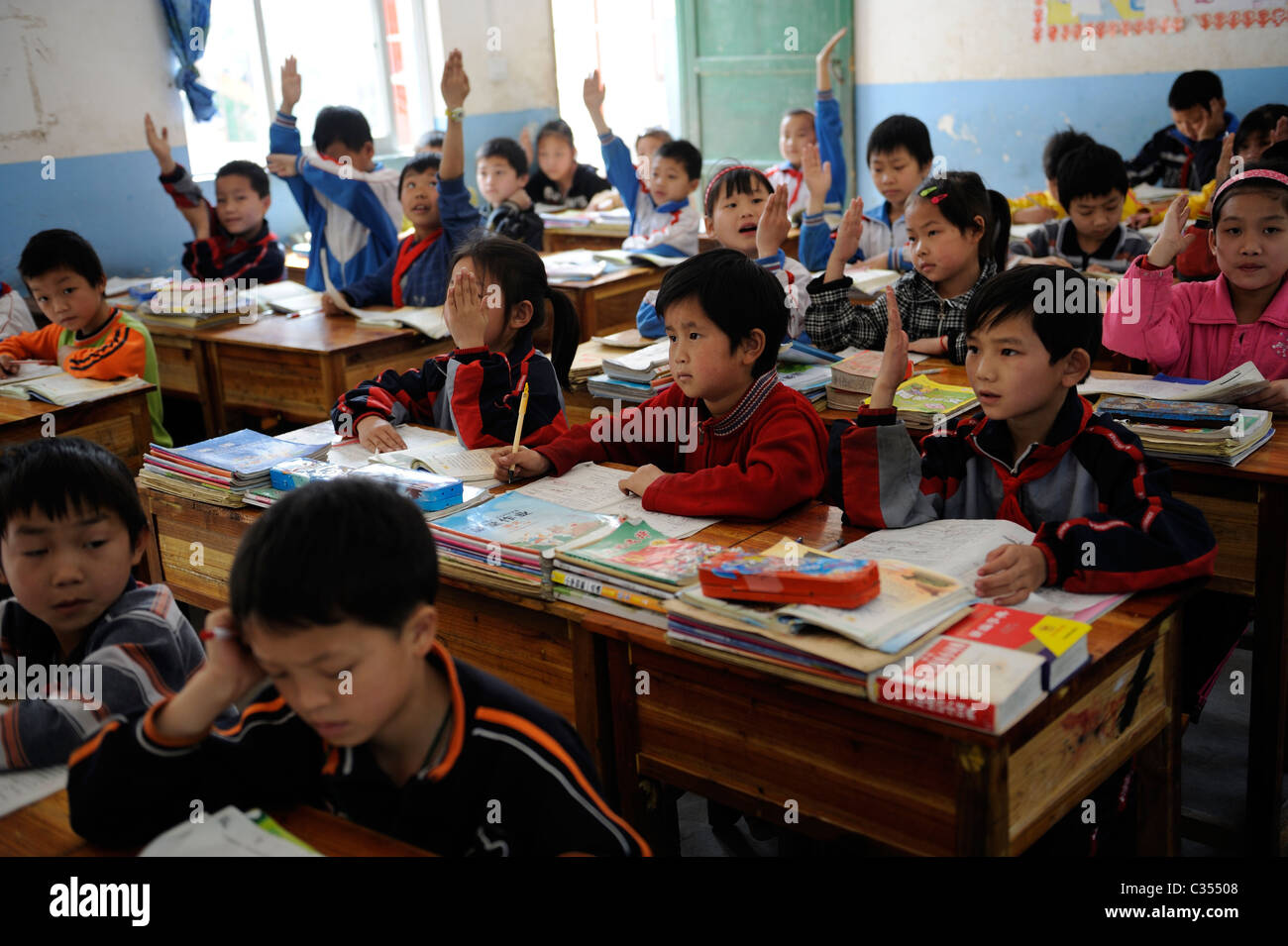

- #Children are attending school remotely in for free
- #Children are attending school remotely in series
However, during the second school closures in January 2021, more students from middle-class families attended school than those from working-class families, likely due to an increase in the numbers of critical workers’ children being sent back to school.
#Children are attending school remotely in for free
Within those who attended, disadvantaged children (those eligible for free school meals) may have been slightly overrepresented during the first school closures. The most common reason for choosing not to return when given the opportunity was the perceived health risk. However, of the children who were eligible to attend (those who were vulnerable or the child of a critical worker) only a small proportion did actually attend during the first school closures in phase 1, although more attended in the second closures in phase 3. There were also macro-level issues when remote learning was the predominant mode, with those who were given the opportunity to attend school or who chose to attend potentially receiving more face-to-face schooling. Being absent for X weeks is therefore not necessarily the same thing as having lost X weeks of learning, and only a small proportion of students were likely unable to continue studying at home due to being ill. Analysis of this data revealed that these absences were largely driven by increased numbers of self-isolations, rather than students contracting COVID-19 themselves. Data on the different reasons for COVID-19-related absence started being collected by the DfE in October. Furthermore, the most socio-economically deprived areas had lower attendance rates than the least deprived areas, although there are exceptions to this relationship. Students in years 10 and 11 were also missing more school than younger year groups.

Attendance in the autumn term (phase 2) in particular presented a turbulent picture of lost time, with more students missing in-person schooling in areas with higher infection rates, such as the north-west early on in the term, or London at the end of term when the ‘Kent variant’ took hold (although this was not the case in all local authorities within these regions). To summarise the macro-level analyses, most studies we reviewed described differences in attendance rates between students according to their age, what region they lived in, socio-economic status or other circumstances. The switch to a remote mode of learning introduced differences in time spent studying per day between groups of students based on a variety of factors, which we investigated in the ‘Micro-level lost time analysis’ section. The other main narrative focused on how much time students were spending studying per day at home, during periods when schools were closed to most students.

We investigated this narrative by reviewing the relevant literature in the ‘Macro-level lost time analysis’ section. This was a particular issue during periods when schools were reopened following periods of closures, as although we might have expected the return to whole-class-in-school tuition (in other words ‘new normal’ mode) to result in a more even learning experience, factors such as the local infection rate resulted in some students receiving more face-to-face teaching time than others. One major narrative was focused on the amount of lost face-to-face teaching time and how this differed between students.

Phase 4 – Schools reopen mid-spring term (mainly ‘new normal’ mode)Īcross these phases there were different issues, resulting in changing narratives of lost time.Phase 3 – Second wave of school closures (mainly ‘remote’ mode).Phase 2 – Schools reopen in autumn term (mainly ‘new normal’ mode).Phase 1 – First wave of school closures (mainly ‘remote’ mode).Phase 0 – Pre-pandemic (‘traditional’ mode).The 5 main phases characterised by different predominant modes of learning are: We begin by creating a chronology of the pandemic. We were specifically interested in the amount of time students who were due to take their assessments in 2021 would have lost, assuming they were studying a traditional 2-year course. That is, how much time students have lost compared to what they would usually spend studying in a normal year. This will help us understand the narrative around ‘lost time’. The aim of this particular report was to quantify how much time students in different circumstances have spent studying, or not studying, across the course of the pandemic.
#Children are attending school remotely in series
This is part of a series of Ofqual reports on Learning During the Pandemic. National Foundation for Educational Research.


 0 kommentar(er)
0 kommentar(er)
